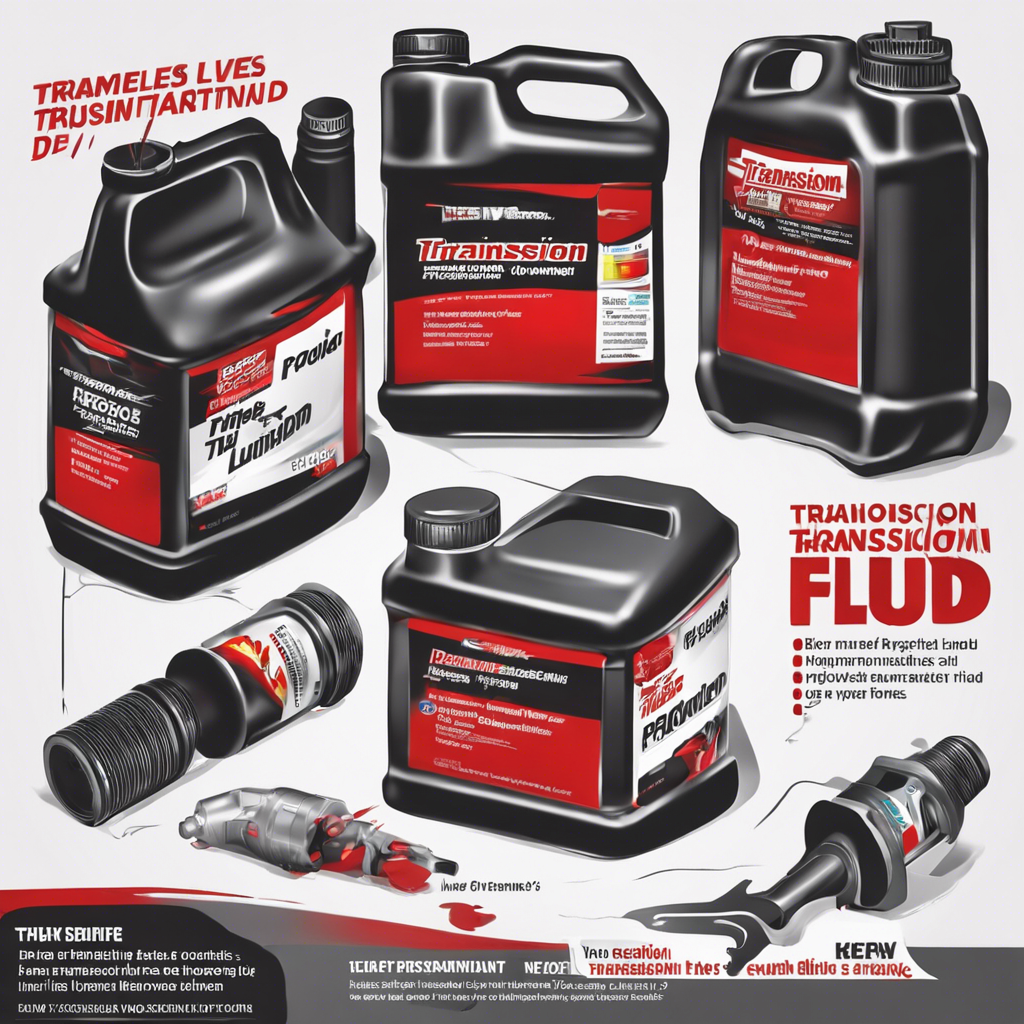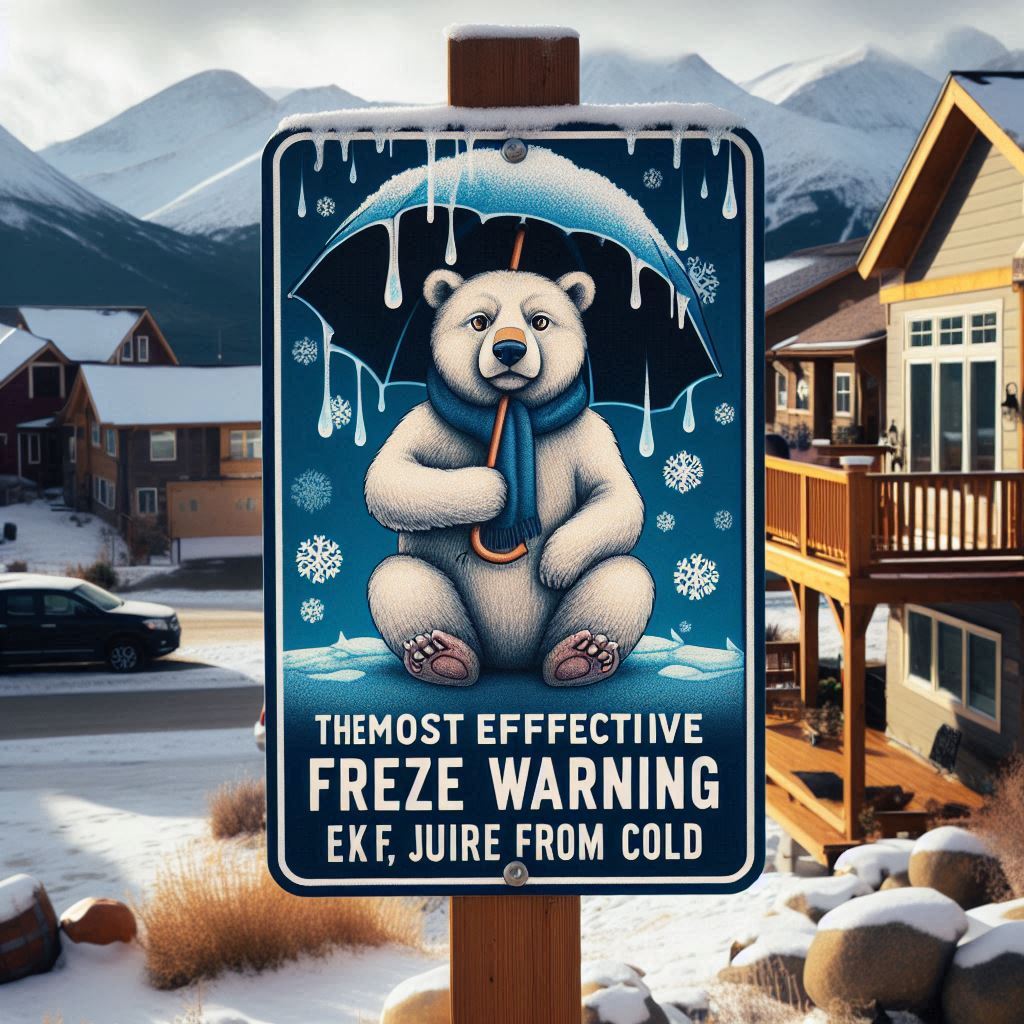Discover the low transmission fluid symptoms, from unusual noises to poor shifting. Learn how to identify and prevent damage to your vehicle’s transmission.
Introduction
Transmission fluid is one of the essential elements that keep your vehicle’s transmission running smoothly. This fluid lubricates and cools the transmission, helping it function effectively. However, when the transmission fluid levels drop too low, it can lead to serious problems that affect your car’s performance and may lead to costly repairs. Recognizing the early signs of low transmission fluid can save you a lot of hassle and expenses in the long run.
In this post, we’ll cover the most common symptoms of low transmission fluid, why they occur, and what steps you should take if you notice any of these warning signs. This guide will help you keep your vehicle’s transmission in top shape and avoid unnecessary breakdowns.
What Does Transmission Fluid Do?
Before diving into the symptoms, it’s helpful to understand the role of transmission fluid in your vehicle. Transmission fluid lubricates the gears, cools the transmission, and aids in hydraulic pressure, which is necessary for smooth gear shifts. Without enough fluid, the transmission cannot operate correctly, leading to symptoms that can indicate potential problems.
Symptoms of Low Transmission Fluid
Recognizing the symptoms of low transmission fluid early on can prevent costly repairs. Here are the most common warning signs:
1. Difficulty Shifting Gears
- Symptom Explanation: Transmission fluid helps gears shift smoothly by reducing friction and maintaining hydraulic pressure. When fluid levels are low, shifting can become difficult and jerky.
- What to Look For: You may notice that your car hesitates before shifting or experiences hard shifts that seem abrupt or rough, especially when changing from one gear to another.
2. Strange Noises
- Symptom Explanation: Transmission fluid dampens noise caused by friction in the transmission. Low levels may lead to a whining, humming, or grinding noise.
- What to Listen For Whining or humming noises, especially when the car is in neutral or changing gears, can indicate low transmission fluid.
3. Overheating Transmission
- Symptom Explanation: Transmission fluid cools the transmission by reducing friction and transferring heat away from components. Low fluid levels can cause the transmission to overheat.
- Warning Signs: If you notice a burning smell or the temperature gauge rising, this could signal an overheating transmission, often linked to low fluid levels.
4. Delayed Gear Engagement
- Symptom Explanation: Transmission fluid helps create hydraulic pressure, which is essential for the transmission to engage gears promptly. Without enough fluid, this process slows down.
- What to Look For: You might experience a delay or lag between pressing the accelerator and the car starting to move, especially when shifting from park to drive.
5. Transmission Slipping
- Symptom Explanation: Low transmission fluid may cause your transmission to lose the ability to maintain pressure, leading to gear slippage.
- What to Watch For: You may notice that your car unexpectedly changes gears or that the RPMs surge without an increase in speed.
6. Fluid Leaks
- Symptom Explanation: Leaks are the most direct indicator that your vehicle’s transmission fluid is low. If fluid is leaking, it’s crucial to identify and repair the source.
- How to Identify: Transmission fluid is usually red, though it can become darker over time. Check for puddles or spots under your car, especially around the middle area where the transmission is located.
What Causes Low Transmission Fluid?
Low transmission fluid doesn’t occur out of nowhere; it’s typically due to underlying issues. Here are some common causes:
- Leaks: As mentioned, leaks are the most common reason for low fluid levels.
- Worn-Out Seals and Gaskets: Over time, seals and gaskets can wear down, leading to leaks.
- Improper Maintenance: Regular transmission fluid changes and inspections are essential. Lack of maintenance can contribute to fluid loss.
- Overheating: When a transmission overheats, fluid can break down faster and even burn off, reducing its effectiveness and level.
How to Check Transmission Fluid Levels
It’s essential to check your transmission fluid regularly, just as you would check your engine oil. Follow these steps:
- Warm Up the Car: Run your car for a few minutes to bring the transmission to its normal operating temperature.
- Locate the Dipstick: The transmission fluid dipstick is often located near the engine bay.
- Check the Fluid Level: Pull out the dipstick, wipe it clean, reinsert it, and then pull it out again to see the fluid level. It should fall between the “Full” and “Add” marks.
- Examine the Fluid Condition: Good transmission fluid should be clear and pinkish. If it’s dark or has a burnt smell, it may need to be replaced.
Preventing Low Transmission Fluid Issues
While transmission fluid can naturally lose its effectiveness over time, these preventive steps can help ensure your transmission stays in optimal condition:
1. Regular Fluid Checks and Changes
- Why It Helps: Regularly checking and changing transmission fluid keeps it at the right level and ensures it remains effective.
- Recommendation: Follow the schedule in your owner’s manual for fluid changes, usually every 30,000 to 60,000 miles.
2. Inspect for Leaks
- Why It Helps: Identifying leaks early can prevent fluid loss and subsequent transmission damage.
- How to Inspect: Look for red or dark spots under your car and inspect hoses, seals, and the pan for any signs of leakage.
3. Drive Responsibly
- Why It Helps: Excessive or aggressive driving can put extra stress on your transmission, leading to overheating and potential fluid burn-off.
- Tips: Avoid rapid accelerations, frequent stop-and-go driving, and towing heavy loads beyond your car’s capacity.
What to Do If You Notice Low Transmission Fluid Symptoms
If you start noticing any of the symptoms above, it’s crucial to take action. Ignoring the warning signs can lead to severe transmission damage. Here’s a step-by-step guide on what to do:
- Check the Fluid Level: Use the steps above to check your transmission fluid level and condition.
- Top Off the Fluid: If you’re low on fluid, you can add more to reach the appropriate level. Use the fluid type recommended by your vehicle’s manufacturer.
- Get a Professional Inspection: If topping off the fluid doesn’t resolve the symptoms, visit a mechanic. They can inspect for leaks, worn seals, or other issues affecting the transmission.
Conclusion
Transmission issues can lead to expensive repairs and even render your car undrivable. By recognizing and understanding the symptoms of low transmission fluid, you can catch problems early and keep your vehicle running smoothly. Regularly checking your fluid levels, maintaining your car, and addressing any leaks or unusual symptoms promptly are all key steps in preventing transmission-related issues.
If you notice signs like difficulty shifting, strange noises, or delayed engagement, it’s best to have your transmission checked by a professional. Staying proactive can help you avoid costly repairs and ensure your car’s transmission remains in peak condition for years to come.










